Back to Courses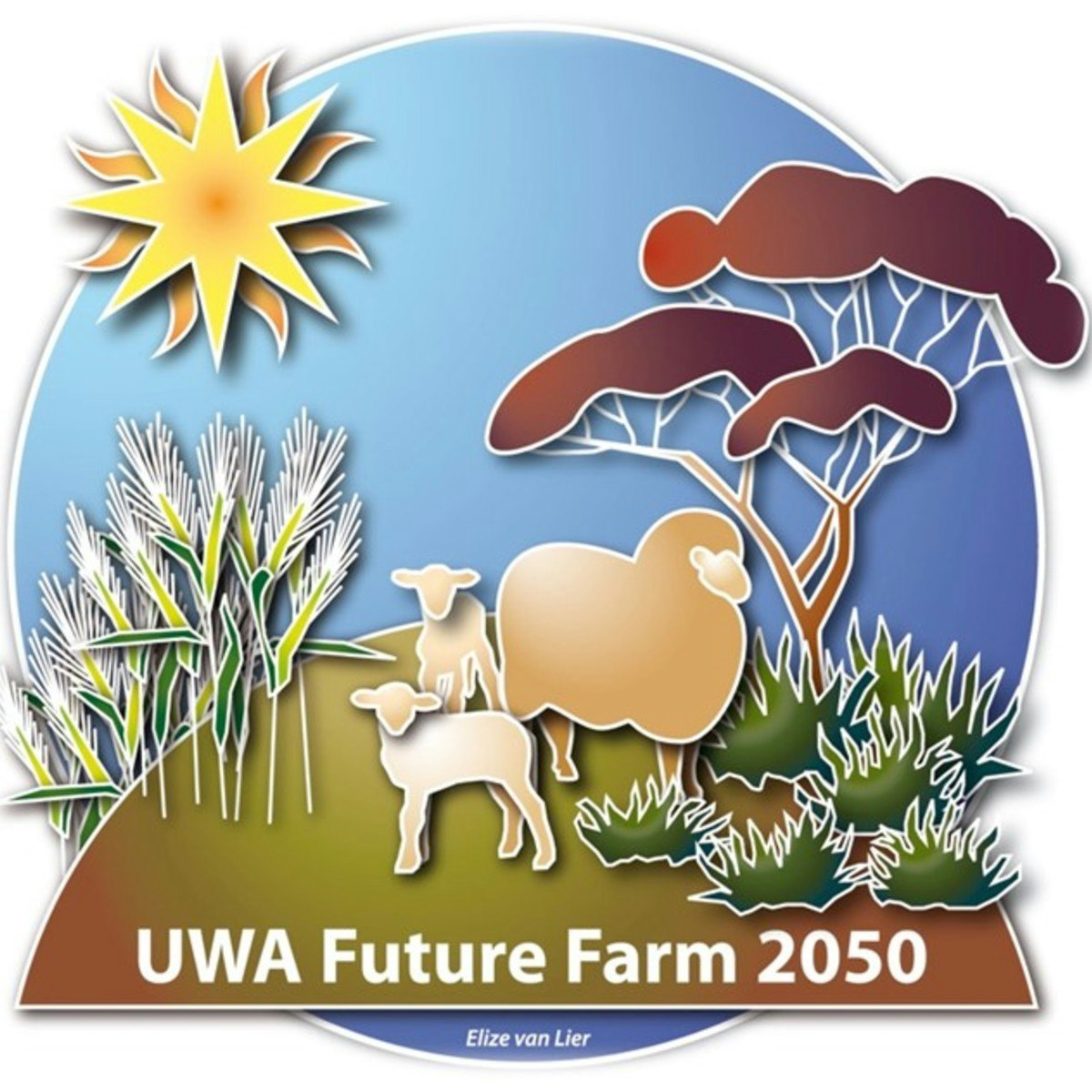


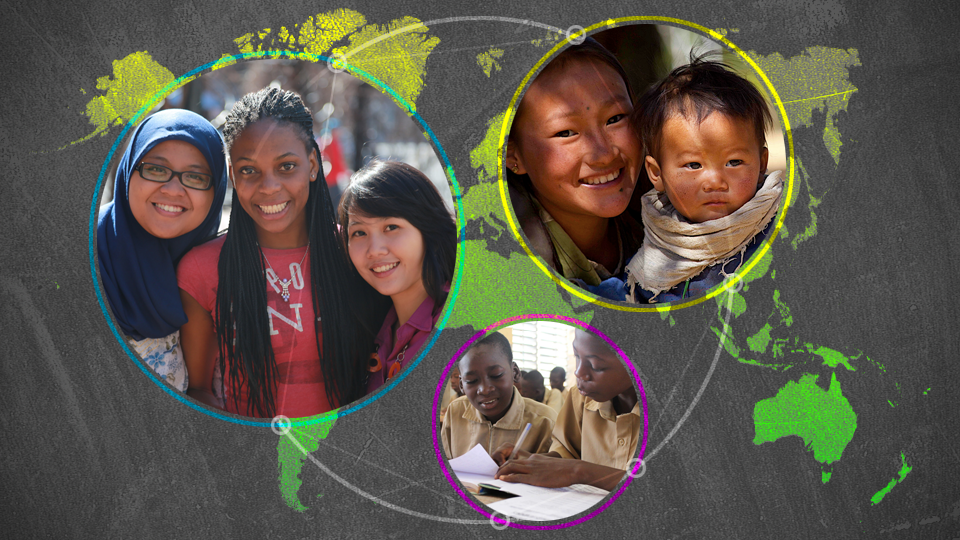
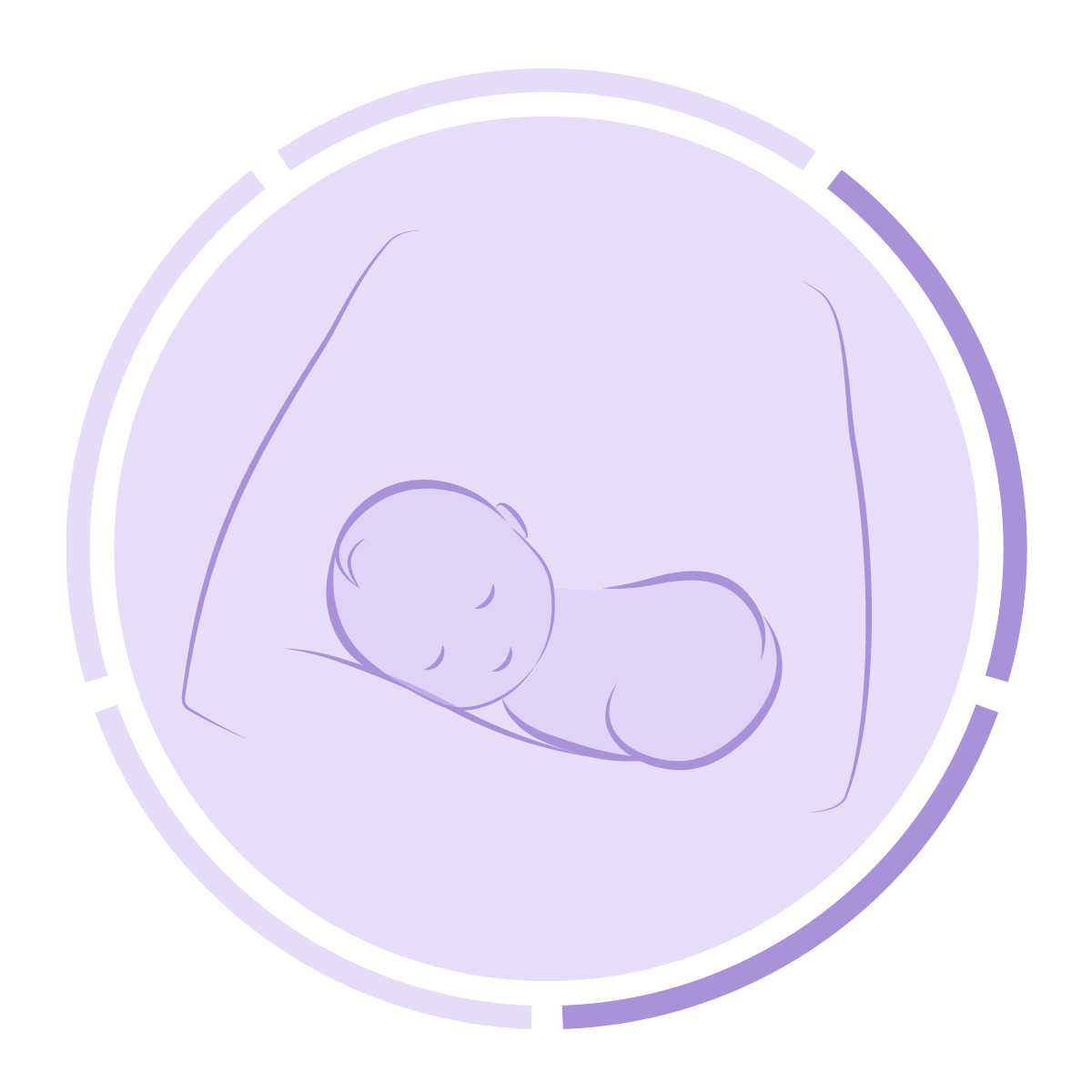
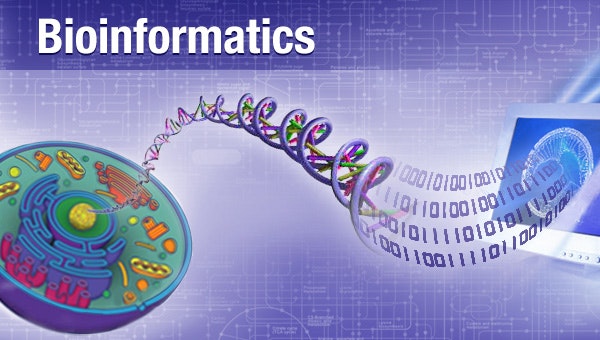
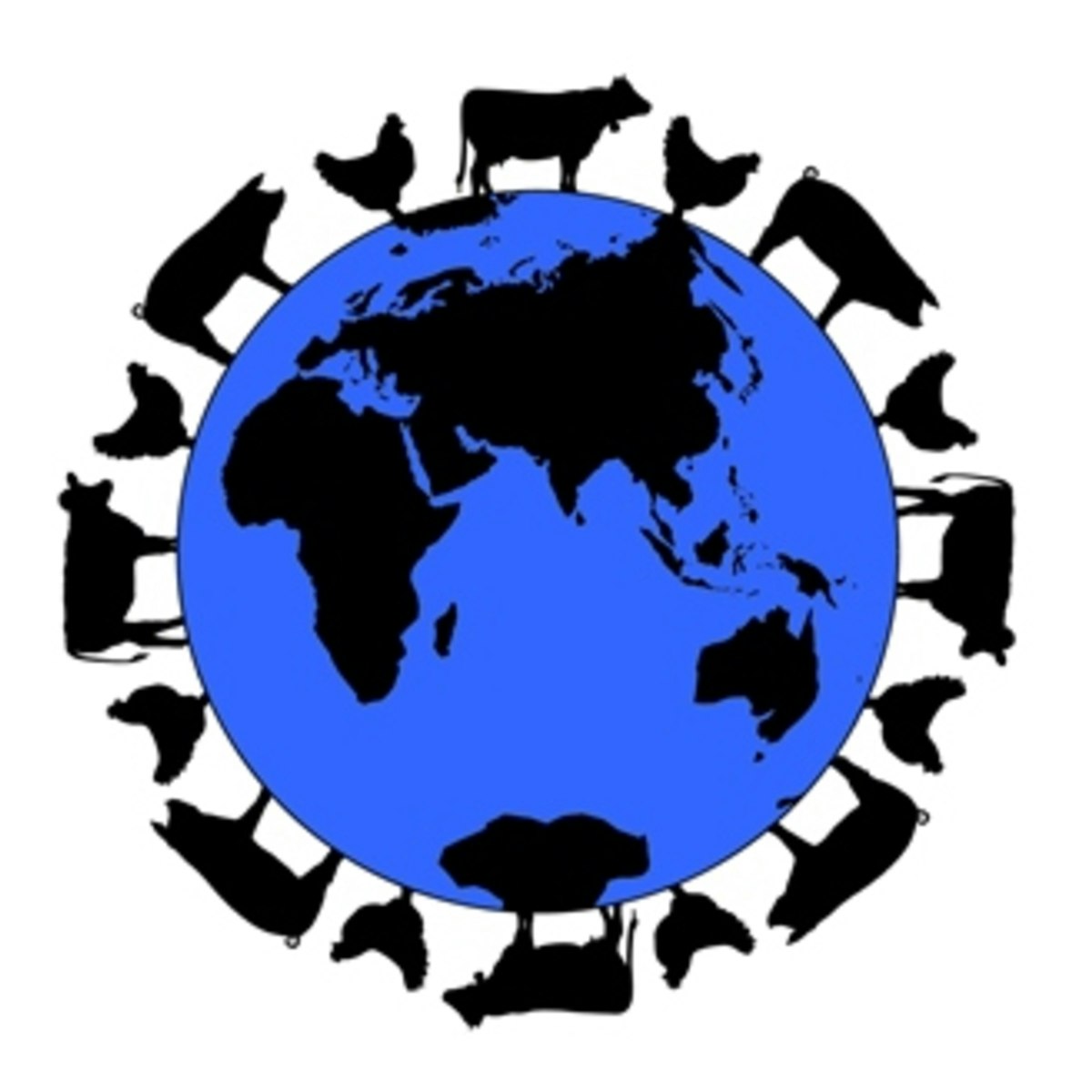
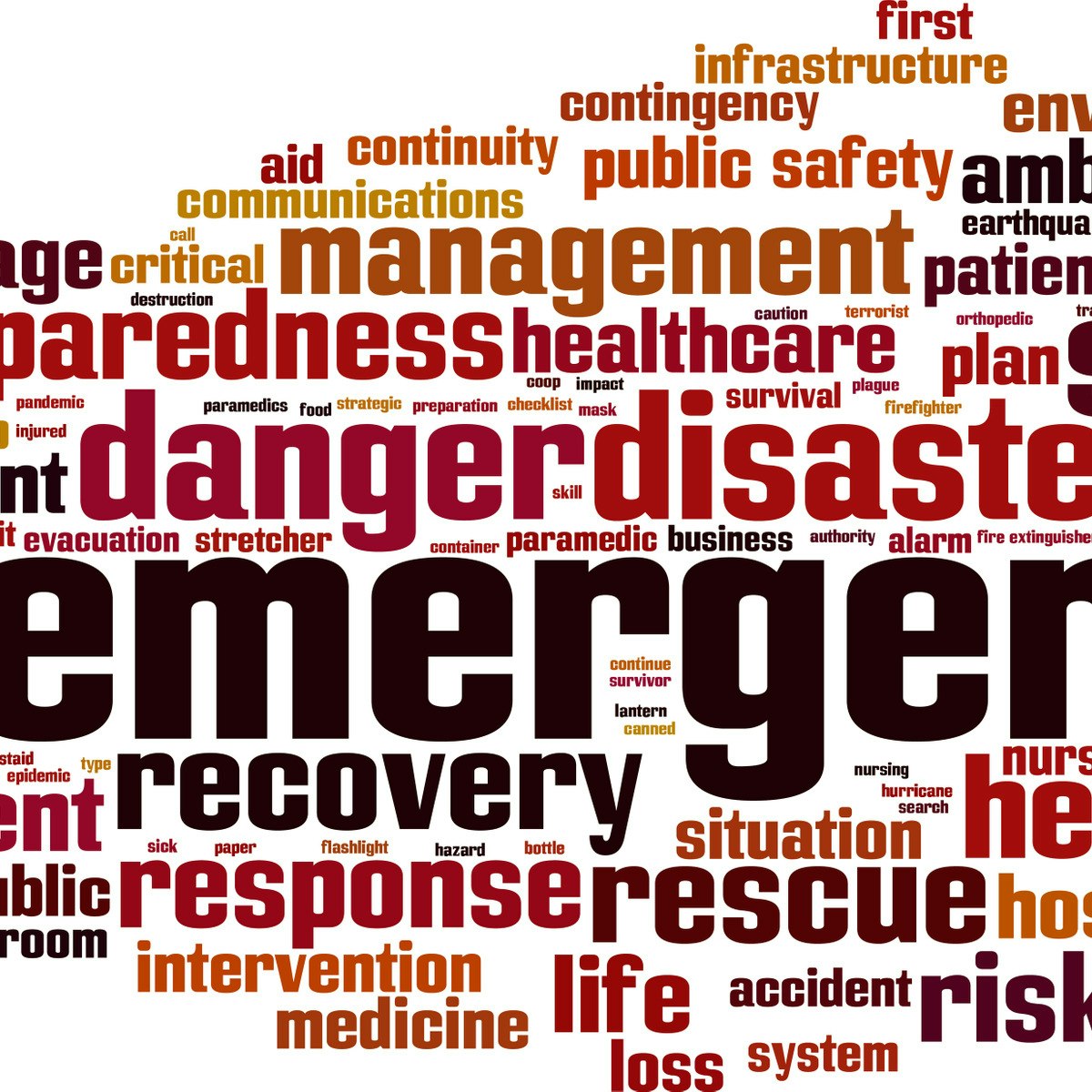
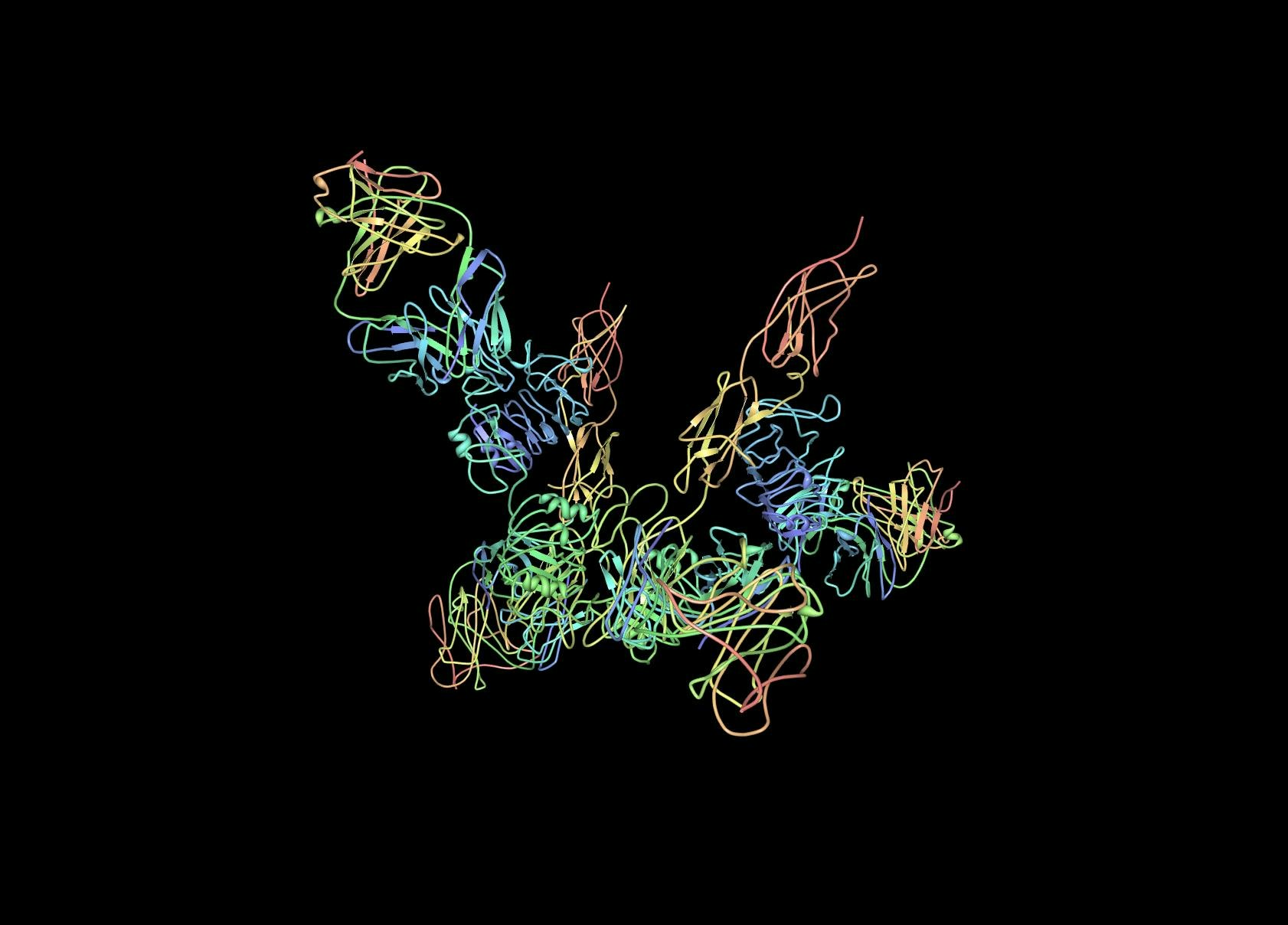
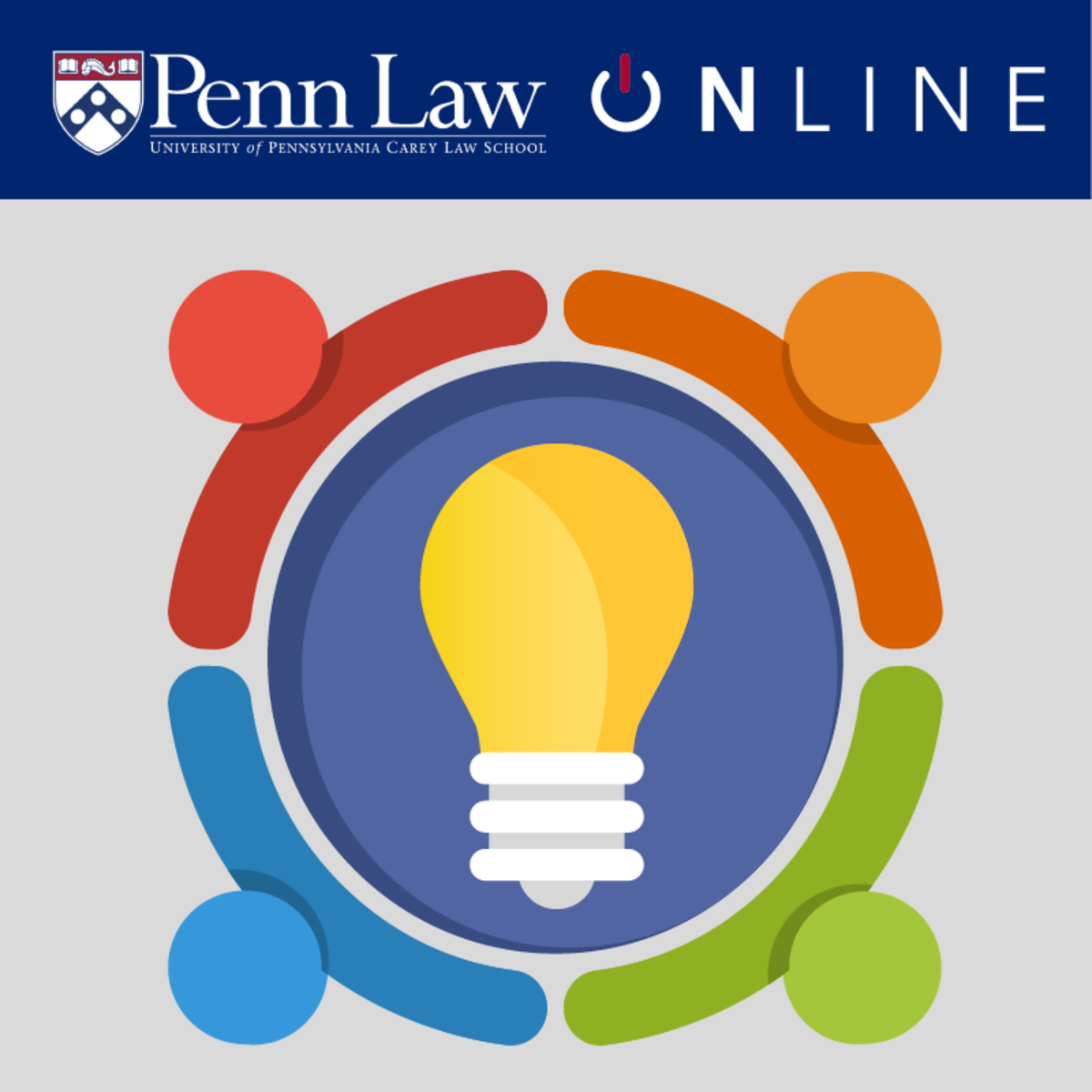
Life Sciences Courses - Page 32
Showing results 311-320 of 644

Discover Best Practice Farming for a Sustainable 2050
The Discover Best Practice Farming for a Sustainable 2050 Course is based on a clear vision: imagine best practice farming for 2050, start to implement these strategies now, all the while making sure it will still be profitable. At UWA we're doing just that with the Future Farm 2050 Project, set on a mixed-enterprise farm in Western Australia and we want you to learn how it can be done in your part of the world.
Although this course is based on agriculture, it's not only about farming. It is a multi-disciplinary course that addresses a wide range of issues confronting the industry, including rural communities, rural infrastructure and conservation of biodiversity in agriculture.
By completing this course you will understand that feeding and clothing the planet requires a multi-disciplinary approach
and upon completion you will be able to explain best practices of sustainable farming and apply them in new contexts.

Nursing Informatics Leaders
In this course, we explore the AMIA Nursing Informatics History Project. By the end of the module, you will understand the resources available that will be used in this course to learn about the first hand experiences, future vision, and lessons learned in becoming a nursing informatics pioneer.
Course Objectives:
• Explore the history of technology and its relationship to the beginning of nursing informatics to understand historical context and evolution of the specialty
• Discover the AMIA Nursing Informatics History Project website to gain insight about nursing informatics pioneer leaders and leadership
• Explain the criteria used for choosing the pioneering leaders in nursing informatics to understand how the project was conducted and who the pioneers were
• Examine leadership lessons learned from one of the pioneers and compare to the insights presented to appreciate diverse historical leadership roles and scenarios

Dairy Production and Management
With the world's first MOOOOO-C, you will gain a broad and comprehensive understanding of all aspects of dairy management such as genetics, nutrition, reproduction, animal health, farm economics, and sustainability of dairy production systems. There's something here for everyone whether you are just looking for the basics or have years of experience in the dairy industry.
This is an eight-week course. Each week consists of four to nine video lectures, additional reading materials, and a multiple-choice questions quiz. Estimated study time is between three and five hours per week. Learners have the option to purchase a Course Certificate for 49.00 USD. The certificate can be purchased at any time, but you must verify your identify before taking the course quizzes in order to be eligible. For those who cannot afford the certificate fee, financial aid is available through Coursera.
Why is producing milk efficiently and sustainably so important?
Milk provides humans with over 16 essential nutrients, such as: Energy, Protein and Essential Amino acids, Vitamin A, Vitamin D, several B vitamins, including B12, Pantothenic and Folic acids, and essential minerals such as Calcium, Magnesium, Phosphorus, Potassium, Zinc, as well as other minerals. Did you know that one glass of milk provides a 5-year old child with 21% of his/her daily protein requirements and 8% of their energy needs?
Most milk in the world, about 85%, is produced from cattle. However, water buffaloes, goats, sheep, and camel are also dairy animals. The United States, India, the European Union, Brazil, and New Zealand are among the largest dairy producers in the world. Yet among these dairy-producing countries there are varied methods to generate milk with highly variable productivity and efficiency. Dairy production is vital for the survival of billions of people. Globally, around 150 million small-scale dairy households, equivalent to 750 million people, are engaged in milk production. The number and size of dairy farms varies among countries, but in India alone, there are estimated 78 million dairy farms! In the United States, one of the leading milk-producing countries in the world, total milk production has been steadily increasing in the last decades, reaching over 205 billion pounds (93 billion kilograms) in 2014. This was accompanied by a steady increase in average milk yield per cow, reaching 22,260 lb (over 10,100 kg) per lactation in 2014. How has this efficiency been achieved? What methods are necessary to ensure production of high quality milk? How do we balance milk production efficiency with animal health and environmental protection? This course will provide the student with information to better understand dairy production systems and their role in feeding the world population.
In this MOOOOO-C, you will learn about the dairy enterprise from internationally recognized dairy science professors who have delivered highly regarded dairy education programs within the United States and internationally.
Course lectures are translated into Portuguese and Chinese; PDF files of these translations can be found under each course week. The Dairy MOOC team thanks Dr. Antonio Branco (Universidade Estadual de Maringá, Brazil) and Ms. Yuanyuan Zhang (Pennsylvania State University) for translating the lecture materials.
Course Sponsors
This course was supported by the generous contributions of Innovation Center for US Dairy at Silver Level and Pancosma North America, RP Nutrients, Inc. and Arm and Hammer, which provided funding support at a Bronze Level. The Pennsylvania State University has final responsibility for the academic content of this course.

Global Adolescent Health
This course will explore the dynamic factors affecting the health and wellbeing of young people around the world, and how important it is for individuals, communities and nations that we improve the health and life chances of this important population group.
With over 25% of the world’s population aged between 10 and 24 years, today’s generation of young people is the largest in human history. As the future leaders and drivers of growth, productivity and innovation, young people are our greatest assets, and investment in their health and wellbeing has social, economic and other benefits that continue across the lifespan and into the next generation.
In this course we will adopt a life-course framework to take a holistic view of youth health and wellbeing. We will explore changing patterns of adolescent health and development, including why adolescence is starting earlier and ending later; how puberty and adolescent brain development may shape future health; and how what happens in adolescence can affect the start to life for the next generation. We’ll also look at the major health and social issues affecting young people and ways of addressing these through policy, practice and programming.
COURSE FORMAT:
This course comprises short video lectures and interviews, required and recommended readings, online discussion, quizzes and written assignments. There is no required text for this course and all readings are provided.
DO I HAVE TO PAY FOR THIS COURSE?
No- you may access 100% of material in this course for free. You are also welcome to do as much or as little of the course as you like, including all (or none!) of the assessment tasks- it all depends on your learning goals. The option to pay for this course is there for those who wish to receive a Course Certificate as evidence of completion (which does require you to attempt and successfully pass the assessment tasks).
WHO IS THIS COURSE FOR?
This course will be relevant for anyone with an interest in the health and wellbeing of young people. You do not need to be of any particular personal or professional background to benefit from this course, but having some basic undergraduate study experience will be helpful to your learning (particularly if in a health related field).
WHAT IS THE MOST INTERESTING THING I'LL LEARN IF I TAKE THIS COURSE?
You’ll learn how so much of what happens during adolescence can impact not only the future health of individuals, but the health of the next generation as well. You’ll develop a greater understanding of the key factors impacting upon youth health and learn how to be a better advocate for the health and wellbeing of young people.
View the MOOC promotional video here: http://tinyurl.com/z5l4mod

The Newborn Assessment
In your previous course, you learned some medical interventions and skills to keep newborns healthy in the days and weeks after they have been born. In this course, you will learn what some additional skills that medical providers do to keep babies healthy. The Newborn Assessment Course will walk you through the physical examination from head to toe. You are going to learn that this is so much we can discover just by looking at a baby. And yes, we will be listening too, and discussing how medical equipment, such as a stethoscope or a pulse oximeter, can help in your exam. You will begin to be able to distinguish some normal findings from some abnormal findings.
A newborn baby is an amazing beautiful life filled with hope. There is so much that goes into making sure that babies are born healthy, and so much more to think about after they are born. Whether you are in the health care field, or even a parent, this course is the perfect educational opportunity for you to keep newborn babies healthy in the days and weeks after they are born!

Bioinformatics: Introduction and Methods 生物信息学: 导论与方法
A big welcome to “Bioinformatics: Introduction and Methods” from Peking University! In this MOOC you will become familiar with the concepts and computational methods in the exciting interdisciplinary field of bioinformatics and their applications in biology, the knowledge and skills in bioinformatics you acquired will help you in your future study and research.
Course materials are available under the CC BY-NC-SA License.
Feeding the World
This course will explore the concepts driving current food production science (population growth, urbanization, emerging affluence, resource constraints, and underlying biological limits) with the main focus on livestock production. Each of the major food animal species (dairy, swine, beef, and poultry) will be covered in terms of their universal life cycles, constraints to production and emerging societal issues.
Throughout the course, we will tackle some difficult and important questions:
What are the major health benefits and potential concerns regarding the production and consumption of animal products?
How does animal production affect the efficient use of resources and impact our environment?
Can cost of production be reduced to meet growing demand for animal products around the globe while maintaining health and safety for both animals and consumers?
What are the different types of animal food production systems?
Myths and misconceptions surrounding the animal food systems will be discussed. We’ll also look closely at some of the global issues, problems, and challenges in these food systems which scientists, farmers, and veterinarians, are attempting to solve through collaboration.
Lectures will be delivered by several experts from the University of Pennsylvania, School of Veterinary Medicine who are intimately involved in the study and advancement of animal production systems. The course is geared towards learners who seek a greater understanding of animal food systems as well as those who might have never visited an animal farm, but have a desire to learn more about where some of our food comes from and issues surrounding sustainability.

Disaster, Crisis, and Emergency Preparedness Communication
This course will introduce you to basic concepts of emergency management, planning, and crisis risk communication. You will understand the definitions of and operational challenges associated with disasters and public health emergencies. You will identify important components of risk communication, and you will identify and evaluate the ways social characteristics shape vulnerabilities to crises and health outcomes. In completing this course, you will begin to learn about the nature of different kinds of extreme events and the disruptions they can cause for communities affected by them. You will learn about how to approach the planning process. You will also explore the ways extreme events can be felt differently by different members within our communities. Finally, you will go over important considerations in crafting messages about risks. As you go through the course, you will apply your knowledge of these principles in assignments which ask you to consider how you would approach the crisis risk communication planning process for your organization or community.

Drug Discovery
The University of California San Diego, Skaggs School of Pharmacy and Pharmaceutical Sciences Drug Discovery course brings you lectures from both faculty and industry experts. With this course, recorded on campus at UCSD, we seek to share our access to top people in the field who bring an unprecedented range of expertise on drug discovery.
In this course you will learn the drug discovery process up to the filing of an Initial New Drug Application or IND. Each week you will learn the steps that a pharmaceutical or biotech company goes through to discover a new therapeutic drug. In this course you will be able to:
* Understand the pharmaceutical and biotechnology market a changing landscape
* Learn the major aspects of the drug discovery process, starting with target selection, to compound screening to designing lead candidates.
* Recognize current modern drug discovery based on the lock-and-key theory, which attempts to use one single compound to hit one target to combat the related disease.
* Increase understanding of the various drug discovery tools and methods that are used for finding, identifying and designing a new drug.
* Define and understand the regulatory responsibilities for drug discovery to file an Investigational New Drug Application (IND).
This course is intended as part 1 of a series: Drug Discovery, Drug Development (https://www.coursera.org/learn/drug-development) and Drug Commercialization (https://www.coursera.org/learn/drug-commercialization). We would highly recommend that you take the courses in order since it will give you a better understanding on how a drug is discovered in the lab before being tested in clinical trials and then launched in the market place.

Intellectual Property in the Healthcare Industry
This course begins with an overview of general intellectual property law in the United States, then examines how the policy choices behind those laws shapes the behavior of major players in the healthcare industry. We will examine how patents and trademarks shape the behavior of pharmaceutical companies, and how complex issues involving medical research in university settings, and ownership of genetic information and material, are resolved by intellectual property laws. The course concludes with in-depth case studies of an international pharmaceutical company, a major medical device company, and a start-up in the emerging DNA-testing industry.
Popular Internships and Jobs by Categories
Find Jobs & Internships
Browse
© 2024 BoostGrad | All rights reserved